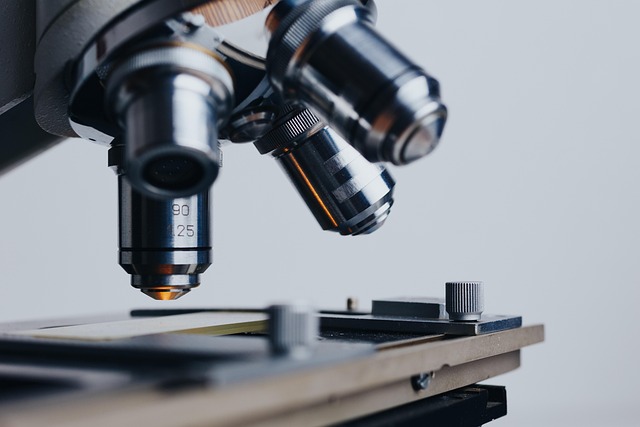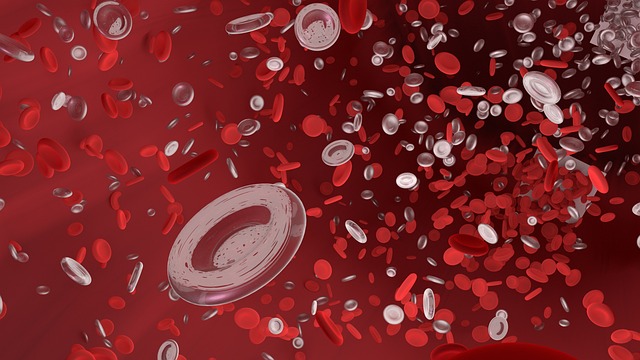
Electrophoresis Chambers
The electrophoresis chamber is an essential piece of laboratory equipment used primarily for the separation of proteins and nucleic acids. This technique, known as electrophoresis, relies on the movement of charged particles in an electric field, allowing for the analysis and purification of biomolecules. Understanding the functionality and application of electrophoresis chambers is crucial for researchers in fields such as biochemistry, molecular biology, and proteomics.
Types of Electrophoresis Chambers
Electrophoresis chambers come in various formats, including mini, midi, and large formats, each designed to accommodate different sample sizes and types of gels. The choice of chamber often depends on the specific requirements of the experiment, such as the number of samples to be run and the desired resolution of separation.
Key Features and Benefits
Modern electrophoresis chambers are designed with several features that enhance their performance and usability:
- Rapid Protein Separation: These chambers enable quick and efficient separation of proteins on both precast and handcast gels, which is vital for time-sensitive experiments.
- High Resolution: The design of the chambers allows for high-resolution separation, making it possible to distinguish between closely related protein species.
- Safety and Durability: Many electrophoresis chambers are constructed with durable materials that ensure safety during operation, reducing the risk of breakage or leakage.
- Versatility: With the availability of add-ons, such as stackable casting trays, researchers can expand the capabilities of their electrophoresis systems, allowing for the simultaneous processing of multiple samples.
Applications in Research
Electrophoresis chambers are widely used in various research applications, including:
- Protein Analysis: Researchers utilize electrophoresis to analyze protein expression levels, post-translational modifications, and protein-protein interactions.
- Nucleic Acid Separation: The chambers are also employed for the separation of DNA and RNA fragments, which is crucial for applications such as genotyping and cloning.
- Proteomics: In proteomics research, two-dimensional electrophoresis (2-D electrophoresis) is often used to separate complex protein mixtures, providing insights into cellular functions and disease mechanisms.
Choosing the Right Electrophoresis Chamber
When selecting an electrophoresis chamber, several factors should be considered:
- Sample Size: Determine the volume and number of samples you intend to run. Mini chambers are suitable for smaller samples, while larger chambers accommodate more extensive experiments.
- Gel Type: Consider whether you will be using precast gels or handcast gels, as some chambers are optimized for specific gel types.
- Resolution Requirements: Depending on the complexity of the samples, choose a chamber that provides the necessary resolution for your analysis.
- Budget: Evaluate the cost of the chamber and any additional accessories required for your experiments.
Conclusion
Electrophoresis chambers play a pivotal role in the separation and analysis of biomolecules in laboratory settings. By understanding the different types of chambers available, their features, and their applications, researchers can make informed decisions that enhance their experimental outcomes. As technology advances, the capabilities of these chambers continue to evolve, offering greater efficiency and precision in the field of molecular biology.

















 Pilgrim Monument
Pilgrim Monument 
 Health
Health  Fitness
Fitness  Lifestyle
Lifestyle  Tech
Tech  Travel
Travel  Food
Food  Education
Education  Parenting
Parenting  Career & Work
Career & Work  Hobbies
Hobbies  Wellness
Wellness  Beauty
Beauty  Cars
Cars  Art
Art  Science
Science  Culture
Culture  Books
Books  Music
Music  Movies
Movies  Gaming
Gaming  Sports
Sports  Nature
Nature  Home & Garden
Home & Garden  Business & Finance
Business & Finance  Relationships
Relationships  Pets
Pets  Shopping
Shopping  Mindset & Inspiration
Mindset & Inspiration  Environment
Environment  Gadgets
Gadgets  Politics
Politics 